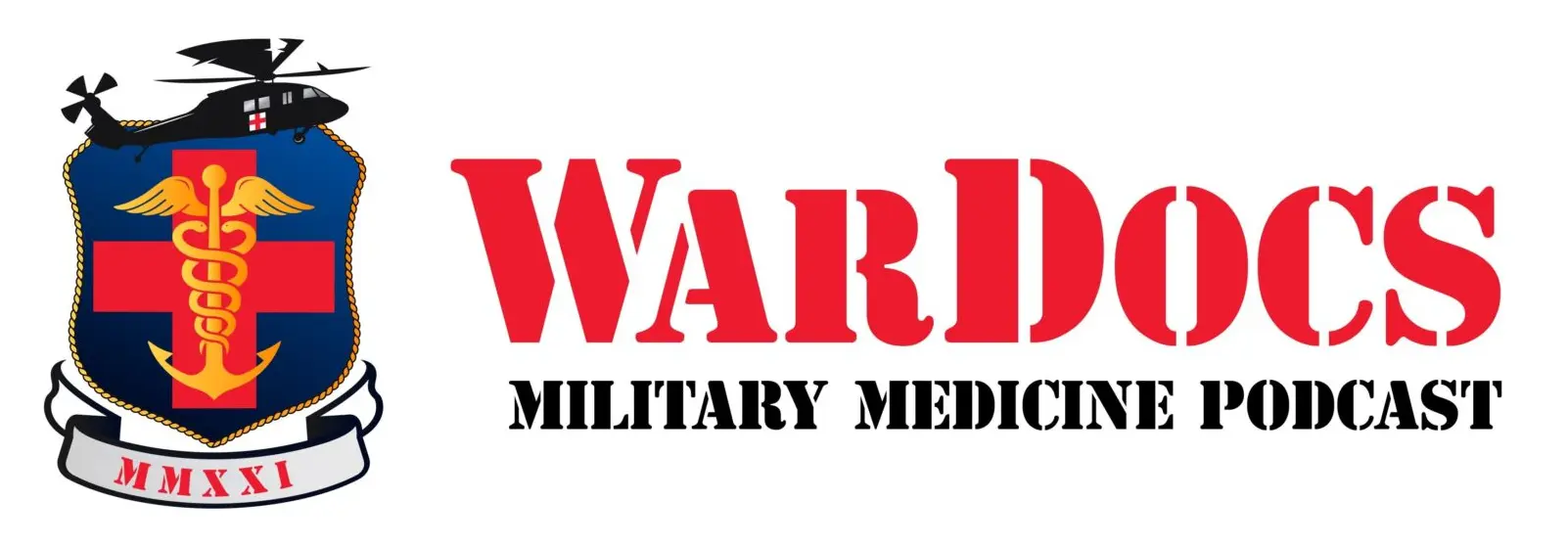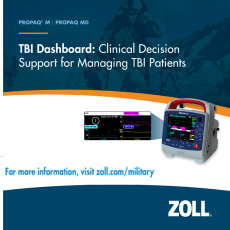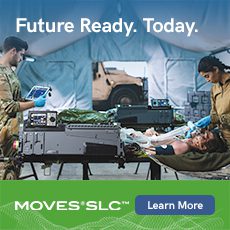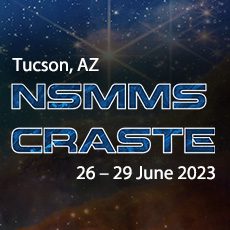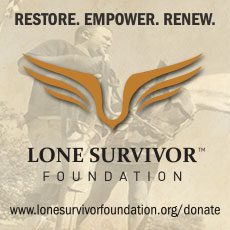Streamlining Point-Of-Injury to Surgical Care Transition for Optimized Outcomes
From Combat & Casualty Care, Winter 2022
Colonel (Dr.) Jeffrey Lanier presently serves as Commander, U.S. Army Institute of Surgical Research, Joint Base San Antonio, Texas. He received his Bachelor of Science in Biological Sciences cum laude from Northern Kentucky University and was commissioned as a 2nd Lt. through the Army Reserve Officer Training Corps program at Xavier University. COL Lanier attended medical school through the Army’s Health Professions Scholarship Program and received his Doctor of Medicine with High Distinction from the University of Kentucky College of Medicine. COL Lanier completed his residency training in Family Medicine at Tripler Army Medical Center, Hawaii.
After completion of his residency training, COL Lanier served as a Staff Family Physician at Martin Army Community Hospital, Fort Benning, Georgia. From 2007-2008, he deployed in support of Operation Iraqi Freedom with the 3rd Squadron, 73rd Cavalry Regiment, 1st Brigade Combat Team, 82nd Airborne Division. He returned to Martin Army Community Hospital from 2008-2015, serving as Team Leader and then Assistant Program Director of the Family Residency Program, where he was a two-time recipient of the Teacher of the Year Award. In 2010, COL Lanier completed a Faculty Development program at the University of North Carolina.
Colonel Lanier’s subsequent assignments include Physician Recruiter, U.S. Army Medical Recruiting Brigade, Fort Knox, Kentucky, 2015-16; Chief Medical Officer, Ireland Army Health Clinic, Fort Knox, Kentucky, 2016-17; Commander, California Medical Detachment, Presidio of Monterey, California, 2017-19; Division Surgeon, 1st Cavalry Division, Fort Hood, Texas, 2019-20.
Combat & Casualty Care had the opportunity to speak with COL Brian Lanier, USAISR Commander, regarding areas the DoD’s premier laboratory for the study of combat casualty care delivery and home of the Department’s only burn center is presently focused on as we head into 2023.
C&CC: What is your primary role and mission within USAISR?
COL Lanier: I am the commander of the U.S. Army Institute of Surgical Research at Joint Base San Antonio-Fort Sam Houston, Texas. The USAISR, also known as the ISR, is one of seven research institutes under the U.S. Army Medical Research and Development Command at Fort Detrick, Maryland. The ISR is the Army’s premiere research organization focused exclusively on the combat wounded and is the home of the only Burn Center in the Department of Defense. As the commander of this illustrious command, I am tasked with continuing our noble mission of, “Optimizing Combat Casualty Care.†Our daily medical and medical research activities performed at this institute are focused on saving lives on the battlefield. Everything we do is for the combat wounded and I am fortunate to lead an exceptional team of professionals who excel in the areas of combat casualty research, burn research, and compassionate patient care. I have set some priorities in different focus areas that I believe will assist in continuing our mission while I’m here as the ISR Commander.
People: People are my number one priority. The important work we do at the ISR isn’t possible without the hard work and dedication of every member of this team. Everyone on this team either takes care of patients, performs research to improve care delivery on the battlefield, or supports those who do. My primary responsibility as the ISR Commander is to ensure the Team has the necessary tools to do their work to the best of their ability, under any circumstances.
Research: I want our research to be relevant to the warfighter and focused on bringing solutions to identified gaps in combat casualty care. ISR research has been a driving force behind the most important advances in combat casualty care since 1949. As the Army’s premier combat casualty care research institute, we must continue to maintain our status by continuing to perform relevant research for our combat wounded. We also must be mindful and good stewards of the resources allotted to us and show that our work is necessary for today and on future battlefields.
Patient Care: The ISR Burn Center was established in 1949 as the first and only Department of Defense burn center and is the only military treatment facility co-located with a research laboratory that optimizes translational research. We have a reputation of providing world-class quality, and safe burn care and must continue doing so. We must also be ready for the next military conflict by training healthcare providers who will continue to provide the best burn care in the world and maintain that crucial skill set needed to accomplish the task. We also must be innovative in every aspect of burn care and research as we continue to lead fundamental advances in the multidisciplinary care of burn casualties which have become the standard for burn care throughout the world. A highlight of the global impact of our training activities is a recent mission to teach Advanced Burn Life Support (ABLS) in support of CENTCOM in the UAE.
Readiness: Along with providing the appropriate training for those outside of the ISR to meet the battlefield mission, our staff must be ready to support the mission as well. Readiness is applicable to all staff members, but our Burn Flight Team is at the forefront. This Team is uniquely qualified to perform critical-care aeromedical evacuation of severely burned casualties—for example, they recently conducted a strategically important mission to recover burned Sailors from Hawaii following a devastating shipboard fire in the Pacific Ocean.
Tell the ISR Story: The ISR plays a critical role in supporting the warfighter and must tell our story whether through news stories, social media posts, community outreach events, or VIP tours to our facilities. Meanwhile, our burn leadership carries out an active outreach program to the community and participates in regional disaster preparedness. We must let our stakeholders, our families, and the public about the crucial work we do here and the outstanding staff that is conducting the work.
C&CC: Can you provide us with the latest research on combat casualty care at the USAISR?
COL Lanier: As I mentioned before, the ISR is the Army’s premier research organization focused exclusively on improving the delivery of combat casualty care and is home to the only Department of Defense Burn Center. Our research has led to the development of lifesaving, combat casualty care products provided to Warfighters. Some include the Combat Application Tourniquet; Cold Platelet Resuscitation; Combat Gauze Dressing, the Burn Navigator System, and in-flight Extracorporeal Life Support (ECLS) and Continuous Renal Replacement Therapies (CRRT), to name a few.
Our primary focus has been on reducing complications associated with casualty management through research aimed at technology and treatments that can be used to manage casualties under austere conditions for prolonged periods prior to medical evacuation. The military medical system available during the wars in Iraq and Afghanistan achieved unprecedented survival rates. This was due to the ability to rapidly transport casualties from the point of injury to nearby, well-equipped, medical facilities staffed with trained clinical professionals. Casualties in Iraq and Afghanistan were routinely able to be evacuated to a surgical platform within 60 minutes. Future conflicts may require frontline providers to care for casualties for up to 72 hours or more before reaching definitive care. Our goal is to extend the pre-hospital survival window from the “golden hour†to a “golden window†for as many as possible.
C&CC: What is the USAISR doing to address future challenges on the battlefield?
COL Lanier: The ISR is DoD’s lead laboratory for prolonged field care of combat casualties. We are continuously looking at ways to enhance burn care as well as combat casualty care research. We have taken steps to optimize and streamline our efforts to maximize tangible results for our Warfighters. As we look to the future, the ISR is developing capabilities that will make it possible to maximize survival in Large Scale Combat Operations for our troops in the field and during transport. In order to achieve this, we have combined our research capabilities of our Research Directorate into five dynamic combat casualty care research teams, or CRTs.
The five CRTs are: CRT1-Blood & Shock Resuscitation; CRT2-Hemorrhage & Vascular Dysfunction; CRT3-Organ Support & Automation Technology; CRT4-Combat Wound Care; and CRT5-Pain & Sensory Trauma. CRT1-Blood & Shock Resuscitation is focused on research projects that include an anti-shock drug; engineered dried whole blood alternatives; next-generation extended shelf-life platelets and whole blood; and improved blood transport container system and support for drone delivery of blood products. CRT2-Hemorrhage & Vascular Dysfunction is working on non-compressible hemorrhage control and expanded REBOA capability; use of hemostatic foams; microvascular stabilization; and resuscitation with enteral fluids. CRT3-Organ Support & Automation Technology concentrates on clinical decision support system and compensatory reserve measurement for medics; next-generation smart tourniquets; heparin-free Extracorporeal Life Support (ECLS); ultrasound-guided and semi-automated vascular access to enable multi-organ support in forward-deployed environments; and robotic surgical assistance. CRT4-Combat Wound Care research is centered on non-surgical debridement of severe burn wounds; far-forward treatments to prevent burn progression; external fixation/traction for lower extremity injuries; and pathogen agnostic wound care. CRT5-Pain & Sensory Trauma is focused on assessing the efficacy of novel pain compounds for the management of acute pain; ultrasound-guided and semi-automated local/regional anesthesia; combination non-opioid therapy for acute pain; and temporary corneal repair.
The Burn Center has a vigorous Clinical Research Department that conducts combat-casualty-care research in tandem with the Research Directorate. Current clinical research includes oxygen conservation in burn patients; the use of ultrasound to diagnose inhalation injury; plasma for burn shock resuscitation; enteral resuscitation; ketamine for pain control in critically ill patients; and standard versus protocolized rehabilitation in burns, to name just a few. Many of these studies are part of multicenter collaborations with civilian centers, which further enhances the impact of the work.
As you can see, our research and clinical activities are both tightly focused to ensure our combat wounded have the best chance of survival if injured on the battlefield. We will continue to provide the best care possible at the Burn Center and focus our research efforts on the Warfighters that we work for. For me, there is no greater honor than to care for those who serve our great Nation.

